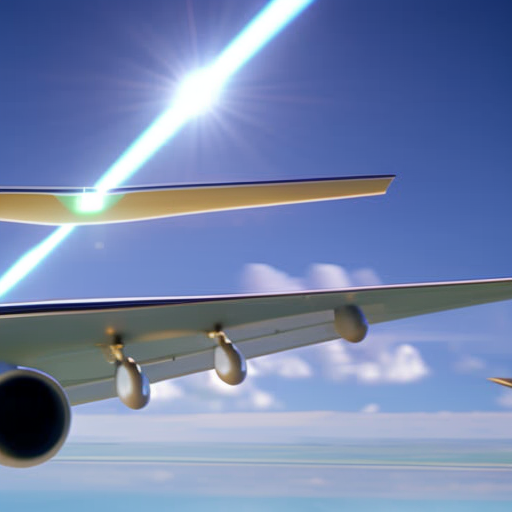Summary:
Supersonic travel refers to the ability to travel faster than the speed of sound. This technology has the potential to revolutionize air travel by significantly reducing travel times. However, supersonic travel has faced several challenges, including high costs, environmental concerns, and regulatory hurdles. Despite these challenges, there is renewed interest in supersonic travel, with several companies working on developing supersonic aircraft that are quieter, more fuel-efficient, and environmentally friendly.
Introduction
Supersonic travel involves traveling at speeds greater than the speed of sound, which is approximately 767 miles per hour (1,235 kilometers per hour) at sea level. The concept of supersonic flight has been around since the 1940s, but it wasn’t until the 1960s that commercial supersonic travel became a reality with the introduction of the Concorde.
Advantages of Supersonic Travel
The main advantage of supersonic travel is the significant reduction in travel times. For example, a flight from New York to London that takes approximately 7-8 hours on a conventional aircraft could be completed in just 3-4 hours on a supersonic aircraft. This time-saving potential has the potential to transform long-distance travel and open up new possibilities for business and tourism.
Challenges of Supersonic Travel
One of the main challenges of supersonic travel is the high cost associated with developing and operating supersonic aircraft. The Concorde, for example, was an expensive aircraft to build and maintain, which contributed to its eventual retirement. Additionally, supersonic travel has faced environmental concerns, particularly related to noise pollution and emissions. The sonic boom produced by supersonic aircraft can be disruptive to communities near airports, and the high fuel consumption of supersonic aircraft raises concerns about carbon emissions.
Recent Developments in Supersonic Travel
Despite these challenges, there is renewed interest in supersonic travel. Several companies, including Boom Supersonic and Aerion Supersonic, are working on developing supersonic aircraft that address the limitations of previous designs. These new aircraft aim to be quieter, more fuel-efficient, and environmentally friendly. They incorporate advanced technologies, such as quieter engines and streamlined designs, to reduce noise and fuel consumption.
Regulatory Hurdles
One of the major hurdles for supersonic travel is the regulatory framework. Currently, there are restrictions on supersonic flight over land due to concerns about the sonic boom. However, the Federal Aviation Administration (FAA) in the United States is working on updating regulations to allow for the return of supersonic travel. The FAA is exploring new noise standards and considering the establishment of designated supersonic flight corridors to mitigate the impact of sonic booms.
Future Outlook
The future of supersonic travel looks promising. With advancements in technology and a growing demand for faster travel, there is a renewed focus on developing supersonic aircraft that are economically viable and environmentally sustainable. If successful, supersonic travel could revolutionize air travel, making long-distance journeys faster and more accessible to a wider range of travelers.
In conclusion, supersonic travel has the potential to transform air travel by significantly reducing travel times. Despite the challenges of high costs, environmental concerns, and regulatory hurdles, there is renewed interest in developing supersonic aircraft that are quieter, more fuel-efficient, and environmentally friendly. With advancements in technology and regulatory changes, the future of supersonic travel looks promising, offering the possibility of faster and more accessible long-distance travel.












